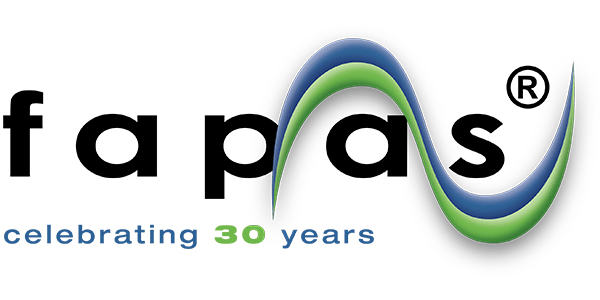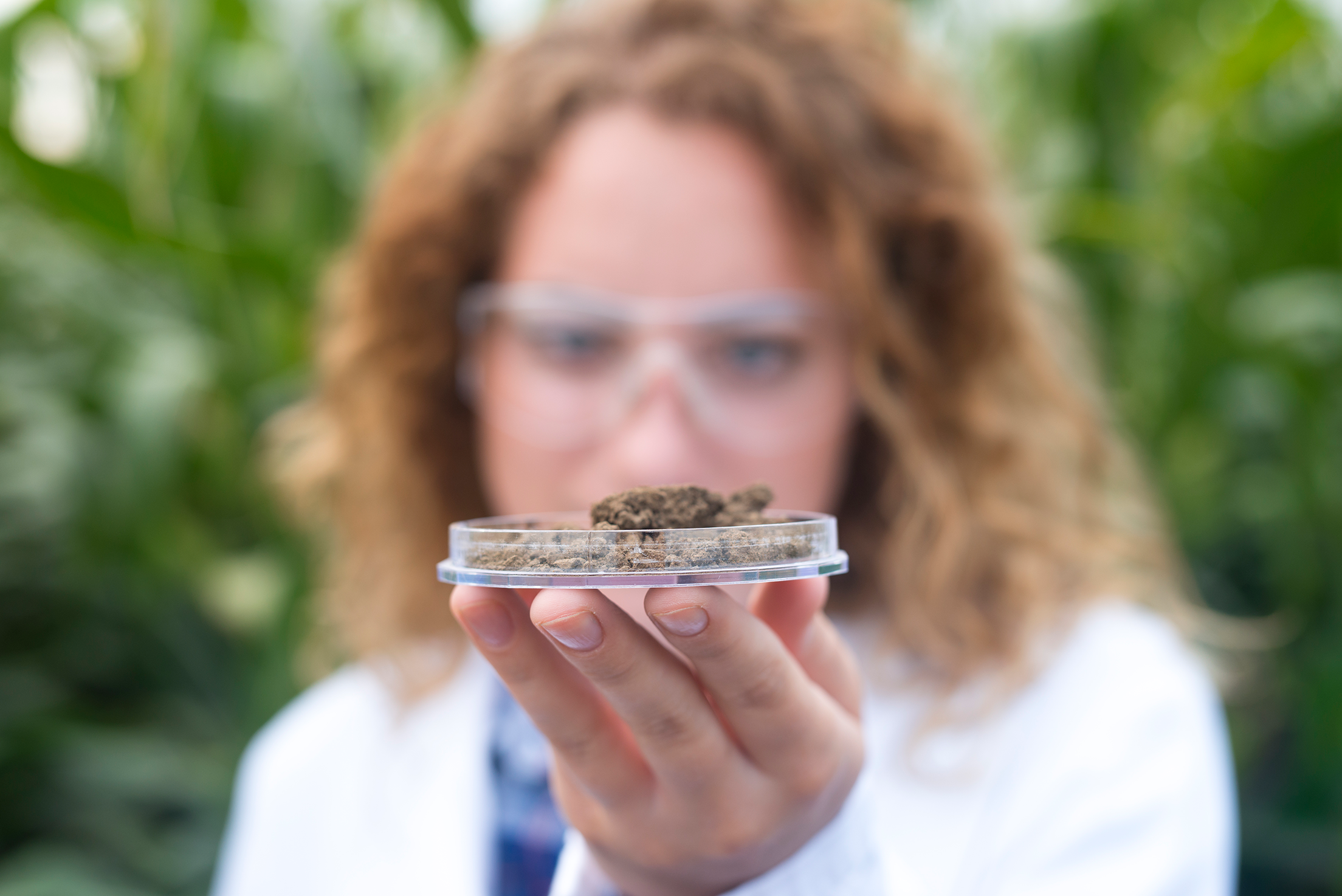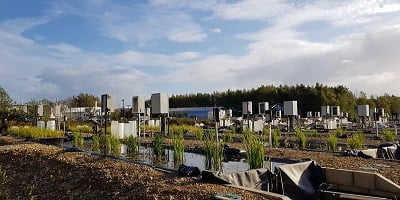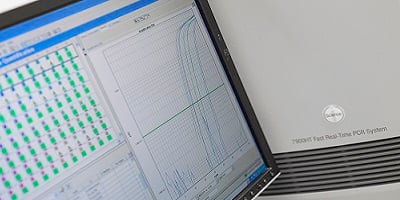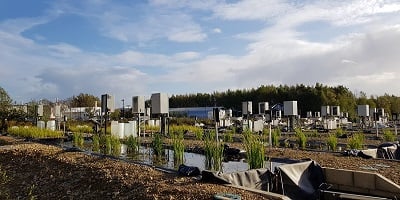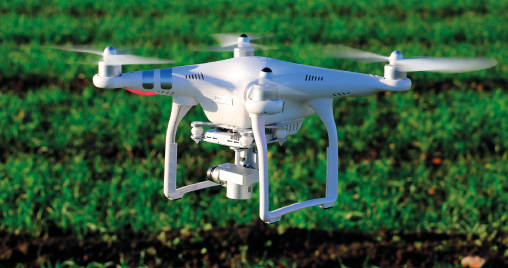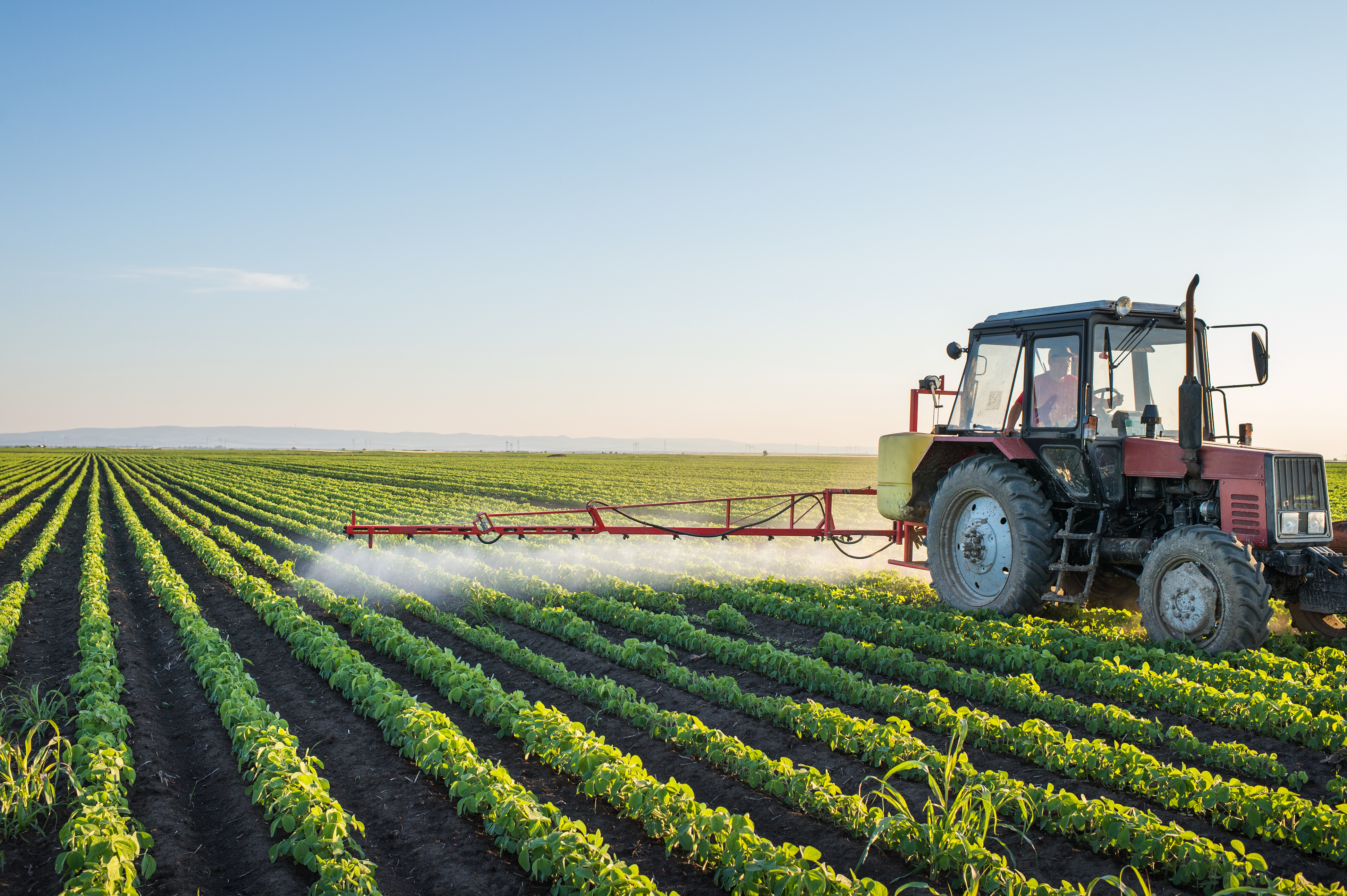The Chemical Industry Regulations (CIR) 2025 conference in Barcelona gathered regulators, scientists, and industry leaders to discuss the evolving regulatory landscape for chemicals and plant protection products across Europe. A clear direction emerged: regulatory frameworks are adapting to drive innovation, improve efficiency, and enhance international competitiveness. Below, we explore five key shifts that will influence how companies approach compliance and innovation.
1. REACH Revision on the Horizon
The forthcoming REACH revision, expected by the end of 2025, will reshape the way industry approaches chemical registration. The updates will introduce a ten-year registration validity period, enhanced digitalisation to streamline reporting, and, for the first time, bring polymers into scope.
With an estimated 200,000 to 400,000 polymers on the market, the scale of this change will be substantial. Grouping strategies and early identification of affected materials will become increasingly important, helping companies maintain compliance while minimising redundant testing. Clarifications around nanomaterial requirements will also bring greater definition to an area that has long needed it.
2. Moving Toward Risk-Based Regulation
A shift from the current hazard-based model toward a risk-based approach was another key theme. Regulators signalled an openness to pragmatic assessments, where substances could be approved under specific exposure scenarios or justified as essential. This evolution could enable more balanced regulatory outcomes while maintaining protection for human health and the environment.
Such an approach places greater emphasis on exposure modelling and mitigation – areas where robust, well-designed studies will be vital to build confidence in submissions.
3. Biocontrols and Sustainable Innovation Gaining Momentum
The conference also underscored the growing role of biocontrols in the EU’s sustainable agriculture agenda. Access to the EU market will soon be accelerated for products such as pheromones, microbial biopesticides, and bio-based fertilisers, with legislative proposals expected in 2026–2027. This shift will open new opportunities for companies developing alternatives to synthetic pesticides, aligning scientific innovation with environmental responsibility.
4. CLP Updates and Emerging Hazard Classes
The CLP Regulation will expand to cover new hazard classes, including Endocrine Disruptors (ED) and Persistent, Bio accumulative, and Toxic (PBT/PMT) substances. This reflects evolving scientific understanding and the need for more nuanced chemical classification, affecting how substances are tested, labelled, and managed.
5. Innovation in Testing Methods
A trend toward non-animal testing was also highlighted, with in-vitro and cell-based assays expected to become more common in ecotoxicology studies. This shift supports more ethical, efficient, and cost-effective testing while maintaining regulatory confidence.
Navigating Change with Confidence
As regulatory frameworks evolve, proactive planning and scientifically robust data will be essential to remain ahead of the curve. At Fera, we are helping our partners adapt to these developments through GLP-compliant testing, regulatory insight, and tailored study design across chemicals, biocides, and plant protection products.
From polymers and nanomaterials to biocontrols and risk-based assessments, our team combines scientific rigour with practical experience to help bring safe, sustainable products to market efficiently and with confidence.
Talk to our experts today and discover how we can help simplify the path to compliance.
